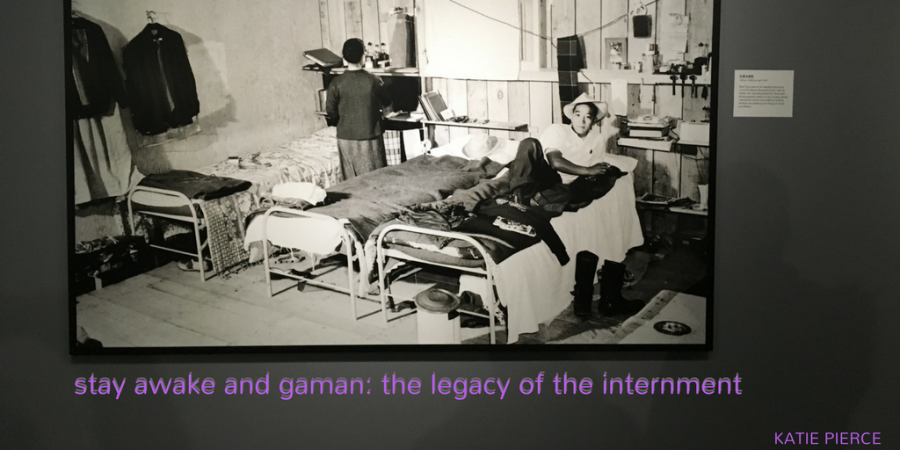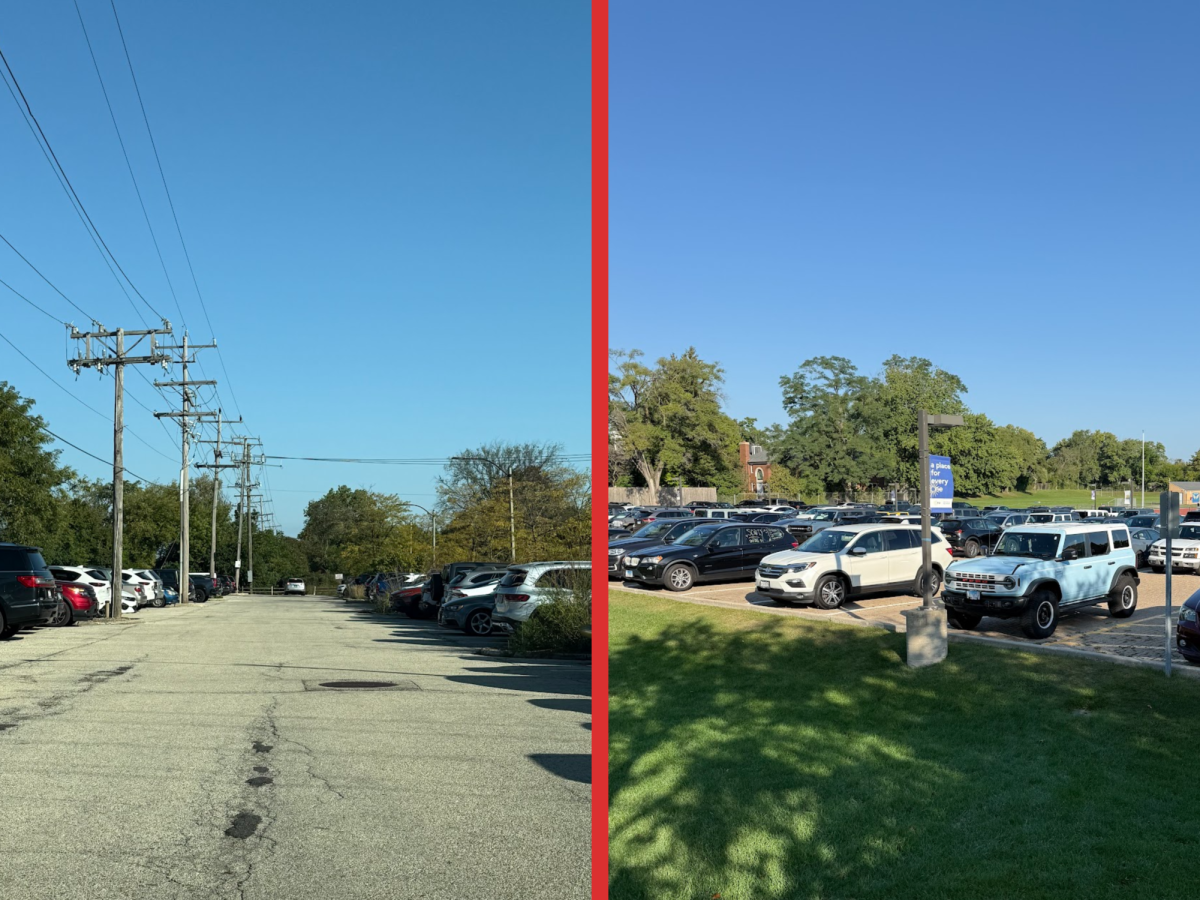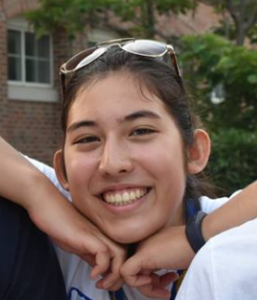On December 7th, 1941, as many people know, Japanese forces bombed Pearl Harbor, sparking fear and outrage in many Americans. What is lesser known is that in the following months, 127,000 Japanese-Americans were forced out of their houses and off of their land to be relocated out of fear of their disloyalty to the United States. Two thirds of those relocated persons were born in the United States. This massive relocation was fueled by Executive Order 9066, signed by Franklin Delano Roosevelt two months after Pearl Harbor. About a week after the Executive Order was effective, Japanese Americans were forced to “take only what they could carry with them” and leave their homes, farms and livelihoods behind. Houses and cars were sold to neighbors for extremely low amounts of money; businesses owned by detainees were shuttered or sold. The thousands of detainees were then put on busses and driven to temporary detention centers, where evacuees lived in horse stables with unfathomable conditions.
Following the executive order, Japanese Americans were sent to ten different internment camps farther in the mainland. The camps were surrounded by barbed wire and guard towers, and the living conditions were shameful. Families lived in one room “apartments” with walls so thin that conversation was public and privacy was impossible. Internees were prohibited from speaking Japanese at meetings and the entire religion of Buddhism was banned.
Remarkably, the death rate in these internment camps was identical of that in the US outside of the camps. This was thanks to the ingenuity and creativity of the detainees themselves, however. The interned Americans created newspapers, schools, community centers and events, sports teams and even churches.
My grandfather Robert Sasaki lived in Orting, Washington, and he and his family were relocated as a result of the executive order. He reportedly spent about ten months in the Minidoka camp before being relocated again to work in sugar beet fields in Idaho.
The story of my grandfather and the thousands of people like him is being told through a musical, Allegiance, which had a successful run on Broadway in 2015 and is now being shown in movie theaters throughout the country. The next showing of the feature is going to be on December 7: the 76th anniversary of Pearl Harbor.
The end of the internment resulted in a large population of Japanese Americans moving to Chicago to start over. The population of Japanese Americans in Chicago actually increased from less than 400 to over 20,000 in the few years after the camps were closed. Housing discrimination, however, prevented many Japanese Americans from buying homes. Even the interment of deceased loved ones of Japanese descent was prevented in Chicago’s cemeteries. Also formed after the war were organizations such as the Japanese American Service Committee, an organization geared towards the transitional challenges Japanese American families faced when they moved to Chicago.
A museum exhibit in Chicago this past summer and fall displayed the full history of this scary time in American history. Titled “Then They Came For Me,” this exhibit focused not only on the history of the internment, but the effects it had on the generations that followed. When I visited, a discussion about hate crime in America, not only towards people of Asian descent, but also Muslims and African Americans, was conducted. A quote on the wall caught my eye: “‘Only what we could carry’ was the rule, so we carried Strength, Dignity, and Soul.”
Seeing the exhibit opened my eyes to the race problem that America still has today; Muslims are often all grouped into one category with derogatory labels such as ‘terrorist’ or ‘traitor.’ Labeling like this has happened before–with drastic results. Because Japan attacked Pearl Harbor, Americans, Americans, of Japanese descent were punished and shamed. Yes, it may be true that extremists are wreaking havoc on our world through terrorism and horrifying acts. However, it is not true that anyone who is Middle Eastern, or anyone who practices Islam, should be discriminated against. This event in history must live on as a reminder that the United States has made mistakes. This event in history must live on as a reminder that discrimination does not and never will be the answer. This event in history must live on as a reminder that generalizing is dangerous. Yes, these times may be stressful, and I understand that people may want to blame someone for them. It is not, however, fair for us to blame one demographic of people for crimes they did not commit and for beliefs that they do not hold.
Studying historic events brings us to a deeper understanding of how we, along with our country, have developed over the course of time. We learn from these events so they never happen again. Discrimination and bias during World War II should not and cannot repeat itself. The courageous Americans who endured these pains are teachers of the future, and we, the future generations, are the students.
There’s a word in Japanese that has often been linked to the internment: gaman. Some definitions of the word translate to “perseverance,” “patience,” “tolerance,” and “to endure with fortitude and dignity.” There is no better time than now to persevere. Now is the time for endurance and strength. Now is the time to look back, then look forward, and stay awake. Let’s not make the same mistake twice.















Mary • Nov 30, 2017 at 8:47 pm
What a great article. Katie!!!i am so proud to know you and to love you!! I too found the exhibition of which you speak of great value. I hope that your writings may reach many people. It is brilliant and heartwarming especially today